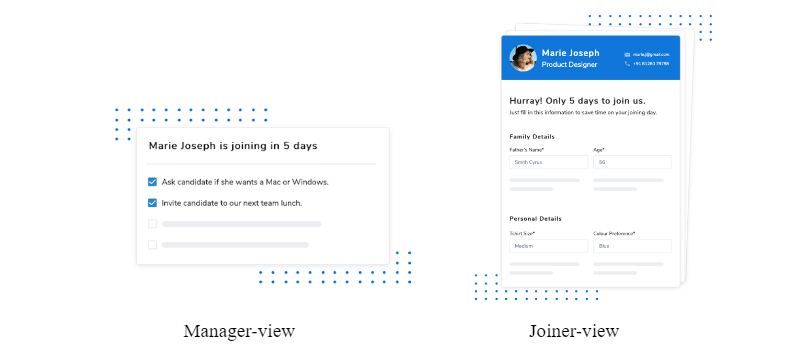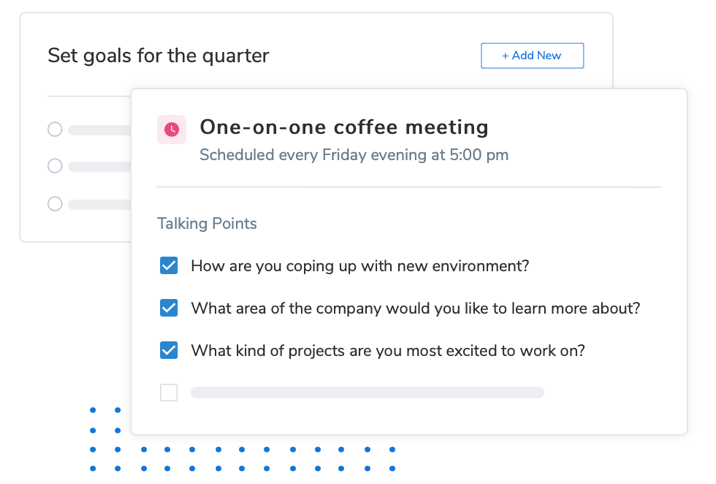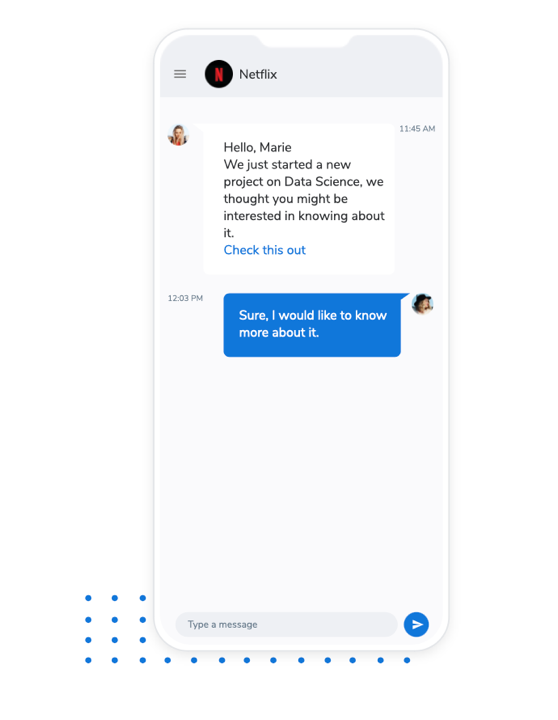Here’s how to assess your technology to supercharge your onboarding experience

In the age of the ‘Great Resignation’ and ‘Quiet Quitting’, attracting, engaging and retaining the right talent is an ongoing challenge. As reflected in PwC’s Global Workforce Hopes & Fears survey, one in four (26%) employees say that it is likely they will change jobs in the next 12 months, which is up from 19% last year.
Today’s workforce is increasingly diverse and distributed. Hence, you must focus on creating employee stickiness and a sense of belongingness even before your new joiners actually join. Do not limit your organisation’s onboarding experience to mere process or policy orientation; extend it to softer aspects. Enable cultural integration and connectedness to assimilate new joiners in the company so that they become productive from Day 1.
As Steve Jobs once said, “You cannot mandate productivity; you must provide the tools to let people become their best.” And this journey starts right from the onboarding experience.
What’s more, digital tools will have a big role to play when designing effective and impactful onboarding experiences. KPMG’s research emphasises the need for organisations to be digital in thought, word and deed. With technological breakthroughs, the digital employee experience is going to be as important as the physical experience. Hence, make sure to deliver consumer-grade digital experiences to support recruitment and retention.
Challenges in tech-enabled onboarding
Yet, technology is not without its challenges. First and foremost, getting a person onboarded takes time and money, and managers may be inclined to put the employee on the job as soon as possible. But it is important to first set people up for success. Having a sound employee onboarding software and system is a strategic investment.
One of the most critical steps is to embark on this journey of tech-driven onboarding by carrying out an initial assessment - the ‘as-is state’ versus the ‘desired’ state of your onboarding technology. Here is how:
How to assess your HR technology
Ask hard-hitting questions to carry out a realistic assessment of your HR technology. These would include:
Are you automating all possible operational transactions?
Does your onboarding module have a seamless communication and logistics system to help new joiners complete onboarding tasks before they join? Nobody wants to tend to dull and tedious documentation on their Day 1. So, automate the operational onboarding tasks such as form-filling for medical benefits, payroll administration, pre-employment checks, and other employee formalities through digital documentation management. This will help you adhere to legal and regulatory compliances while ensuring a great Day 1 experience for both employee and manager.

Do you have ongoing communication through pre-onboarding?
Does your onboarding system have digital communication channels for pre-onboarding employees even before they join? Orient employees online on what to expect and create a sense of excitement through leadership e-meets, team-building connects, culture education, etc. Use remote onboarding to build an inclusive, engaging onboarding experience without anyone missing out due to geo-locational constraints.
Does your onboarding analytics translate to action?
Does your onboarding system go beyond standardised modules and personalise the onboarding experience based on employee-specifics such as demographics, job role, team, business unit etc.? You can leverage analytics to not just better understand your new talent but to turn these insights into targeted talent actions. Seek opinions, define onboarding KPIs, and build reports and analytics dashboards to provide employees, managers and leaders visibility about onboarding outcomes.

Is your onboarding process engaging enough?
To minimise reneging, you should continuously engage new hires between the offer release and the joining date. Create a ‘welcome experience’ through a blended approach of digital content and personalised virtual connect. To generate interest and drive adoption of the onboarding tool, ensure a user-friendly and intuitive interface. For example, involve people in team development activities, appoint a buddy and mentor, and share relevant information to get them going! You can even use generative AI to curate personalised experiences. According to a study by KPMG, 59% of recruiters see GenAI making it faster/easier to engage candidates in the near future.

Are you creating a ‘wow’ in the first 90 days?
Are you setting up new joiners for success by handholding them through the critical 90-day window? Check-in with your new joiners periodically to know if they are facing any issues or challenges. Set goals, and track new joiner performance and company alignment of new joiners until the probation period ends.

Is your onboarding content business-centric?
Is your onboarding module able to align your talent with the company’s business objectives? Educating and informing new joiners about the company’s strategy, industry dynamics, products & services, and overall strategic direction can make or mar peoples’ company alignment.
Do your onboarding outcomes link to learning, performance, and careers?
Does your onboarding system provide a holistic view of a new joiner? The employee onboarding data is a critical input for probation decisions. Hence make sure to configure it to empower new joiners as well as managers to discuss career planning, provide timely performance inputs and share two-way feedback 1-0-1. You should incorporate upskilling and reskilling to help a new joiner unlearn and relearn in the context of the new role and new organisation. A good onboarding system encourages learning ‘in the flow of work’, anytime and anywhere, to suit the learner’s preferences. Set learning outcomes and goals, create access to engaging learning content, and track learning outcomes to support new joiners.

Is your onboarding system robust and scalable?
In the event of a sudden ramp-up, does your onboarding process support bulk onboarding? Have a cloud-based onboarding system backed with the right tech infrastructure to ensure this flexibility.
64% of respondents predict that the future of recruiting will be more favourable to candidates and employees (as opposed to employers) over the next five years, according to LinkedIn’s Future of Recruiting Report.
In this scenario, onboarding can add great strategic value in enhancing employee engagement and employee productivity. It enables a smooth transition of people into their new roles and makes employees feel valued, supported, and motivated to perform their best. Thus, a great onboarding experience can help you build a strong employer brand and become a talent magnet.
To achieve this, make sure you seamlessly integrate onboarding with your existing HR processes, HR technologies and HR systems. We also recommend enabling continuous feedback mechanisms and two-way communication channels to keep dialogue and discussion going. New employees are often the best dip-stick to gauge the employee experience, and a well-built onboarding process can greatly elevate the employee experience.
Find out more about how organisations can elevate their onboarding strategy to boost employee experience. This article is part of a series on HR technology in emerging businesses in partnership with Keka; find more articles here.







